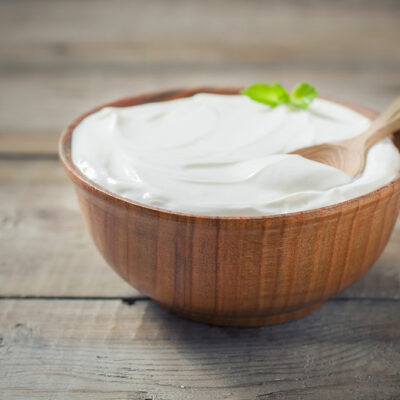
Food
Top Snacks to Control High Cholesterol
An increase in blood cholesterol levels can increase the risks for a variety of heart conditions. Surprisingly, there are several high-fat snack items eaten on a regular day that can increase cholesterol levels. Most of the fried snacks and processed food items fall into this category. When it comes to understanding the relationship between high cholesterol and foods, here are some of the snack options that you can safely consume without regrets. High cholesterol and foods: Snacks to include 1. Chickpeas Chickpeas can be consumed in so many ways. One of the tastiest ways to have chickpeas as snacks would be to slow roast them in an oven. You can also add black pepper, a dash of salt, and some dried herbs for flavor. 2. Nuts These are the kind of snacks you might like when you are extremely hungry. Nuts like walnuts and almonds are loaded with good fats that are required by the body, and they also help in lowering the cholesterol levels in the bloodstream. Having a box of crunchy nuts in your bag will be a good way to tackle sudden hunger pangs without grabbing some unhealthy snacks. 3. Apples Fruits, in general, are healthy snack items.
Read More 















